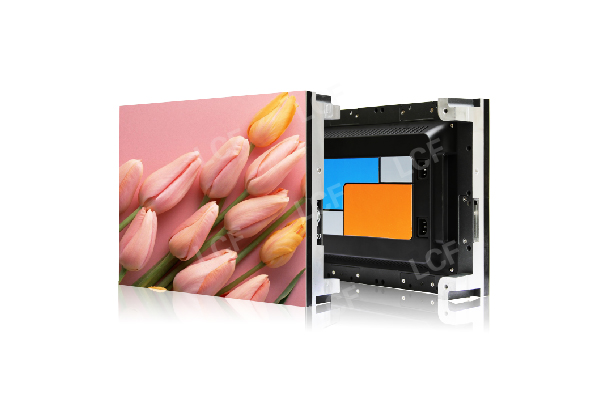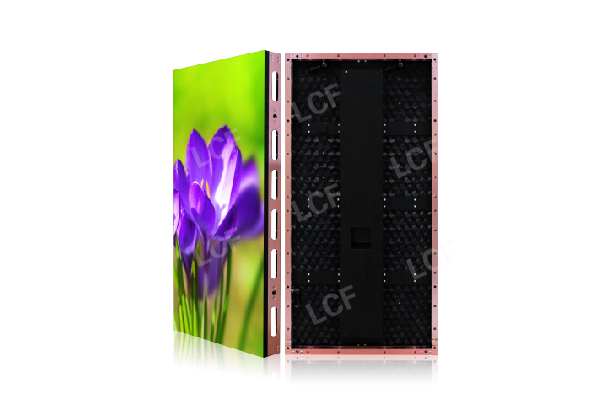Publisher: Supplier of LED Display Time: 2017-12-06 Views: 3990


2. LED full-color display box: The box is based on the size, and multiple unit boards form a box, and multiple boxes are assembled into a LED display. The box is professionally built, there are simple box and waterproof box. The rapid development of the LED industry has also made the manufacturers of full-color LED display cabinets saturated with orders almost every month, which has driven the development of cabinet manufacturers.
3. LED full-color display module: LED module is composed of kit, bottom shell, mask, etc. LED full-color display is composed of LED modules, which is the LED large screen we see now.
4. LED full-color display control system: The control system is an important part of the LED full-color display. The transmission of video is sent to the receiving card of the LED full-color display through the sending card and graphics card, and then the signal is transmitted by the receiving card. Segment transmission to the HUB board: install an adapter board (also called a HUB board) on the receiving card, the receiving card transmits the data to the adapter board, and then the data on the adapter board is transmitted to the LED display through the cable On the single-row or single-column LED display module of the screen box, and then the LED module and the LED module are also connected with data through cables. Generally, an adapter board has only 8 sockets, which means that an adapter board only has 8 sockets. It can manage the data transmission of 8 rows or 8 columns of LED modules. If there are more rows or columns, an adapter board can be added to the receiving card. The algorithm for receiving the indoor LED full-color display is different from that of the outdoor LED full-color display, because the pixel points and scanning methods of the indoor and outdoor screens are different, so there is a difference in the LED receiving card. LED display control and debugging are mainly related to the LED display control system.